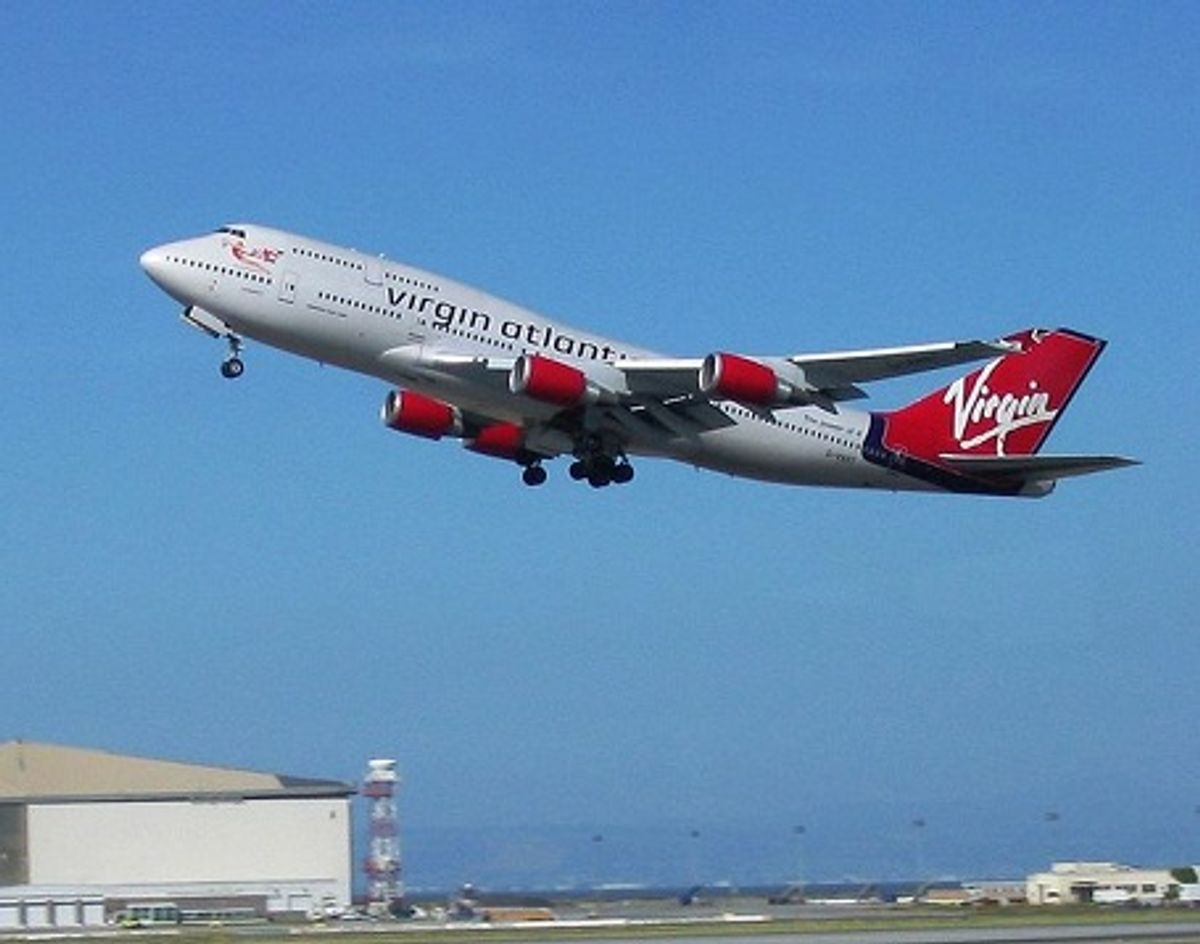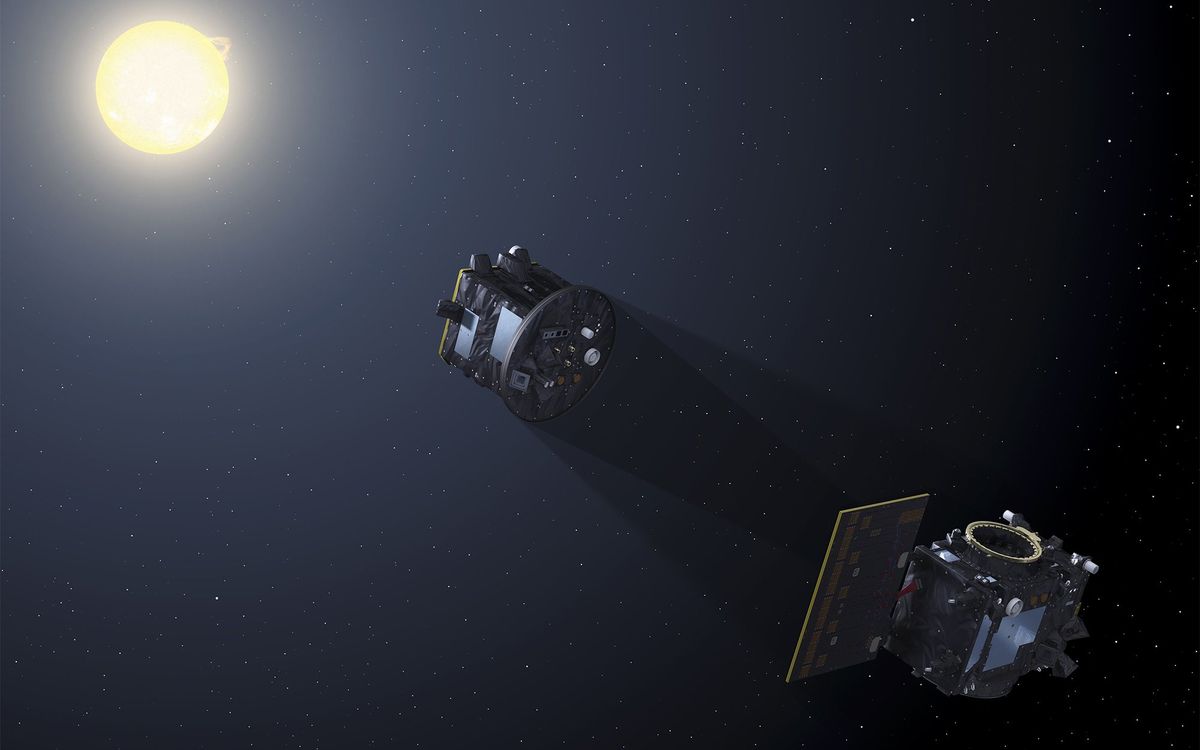Richard Branson's airline announced a partnership with LanzaTech, a company based in New Zealand that takes waste gases from various industrial facilities and converts them into usable fuels. The end result, theoretically, is a jet fuel that Virgin Atlantic will use on routes between London and Delhi, Shanghai, and elsewhere, with half the carbon footprint they have now.
According to Branson, in a press release:
"This partnership to produce a next generation, low-carbon aviation fuel is a major step towards radically reducing our carbon footprint, and we are excited about the savings that this technology could help us achieve....This new technology is scalable, sustainable and can be commercially produced at a cost comparable to conventional jet fuel."
Virgin Atlantic is not the first to try such schemes. Last year, we wrote here about a British Airways plan for a waste-to-jet fuel plant, and many other airlines have started to move toward biofuels as well. Of course, the standard environmental and food security arguments still surround using plants as a fuel source; the Virgin Atlantic and LanzaTech plan has the advantage of converting industrial waste gases into fuel, instead of converting food crops into biofuel production. The 50 percent carbon emissions reduction estimated here would far outstrip that of traditional biofuels, as many analyses have suggested little to no emissions savings when corn or other plants are used.
And the need to draw down emissions from air travel is indisputable. Aviation contributes an astonishing 2 to 3 percent of all carbon dioxide emissions. Any chance to cut this percentage is worth a shot.
(Image via Wikimedia Commons)
Dave Levitan is the science writer for FactCheck.org, where he investigates the false and misleading claims about science that U.S. politicians occasionally make.




